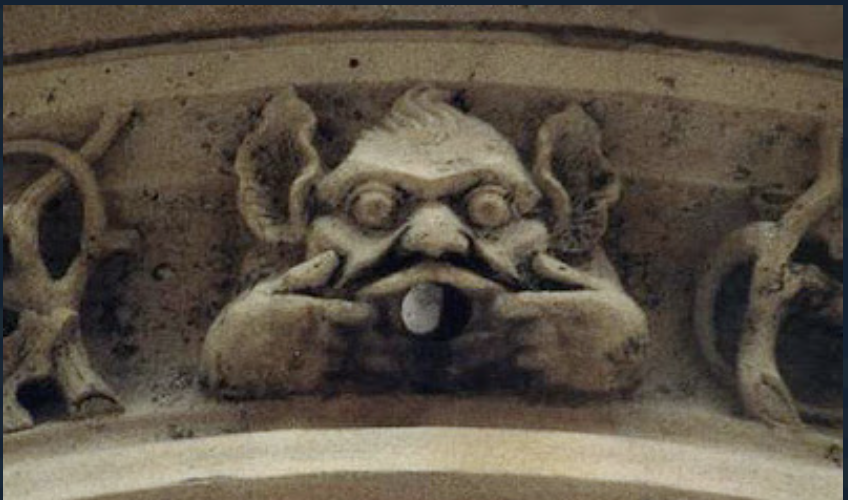The term “grotesque” evokes unsettling images. Artists and writers have embraced it for centuries, offering a lens to explore human complexities. Distorted figures in art and unconventional characters in literature challenge norms, provoke thought, and delve into human experience.
Contents
Origin and Evolution
The term “grotesque” originates from “grottesca,” ancient Roman subterranean decorations. Over time, it broadened to include the strange and abnormal.
Artistic Expressions
The grotesque appears in art, pushing aesthetics. Bosch and Goya exemplify this. Bosch’s “The Garden of Earthly Delights” surrealistically portrays human experience. Goya’s “Los Caprichos” series satirizes human behavior.
Characteristics of the Grotesque
It combines the familiar and unfamiliar, beautiful and repulsive. It embodies anxieties, fears, and desires, serving as social commentary.
Literary Explorations
The grotesque is in Gothic novels and speculative fiction. Poe and O’Connor have harnessed it. Poe’s “The Tell-Tale Heart” delves into the human mind’s horrors. O’Connor uses the Bizarre to highlight moral decay.
Meaning and Interpretation
It’s not just shock; it invites introspection. The Bizarre mirrors human nature, making us confront our fears, desires, and vulnerabilities. It pushes artistic limits and questions societal norms.
Conclusion
The grotesque transcends boundaries, captivating creators and audiences. It explores human complexities, embracing life’s unsettling aspects. Amid a world focused on idealized beauty, the reveals the power of embracing life’s strangeness.
